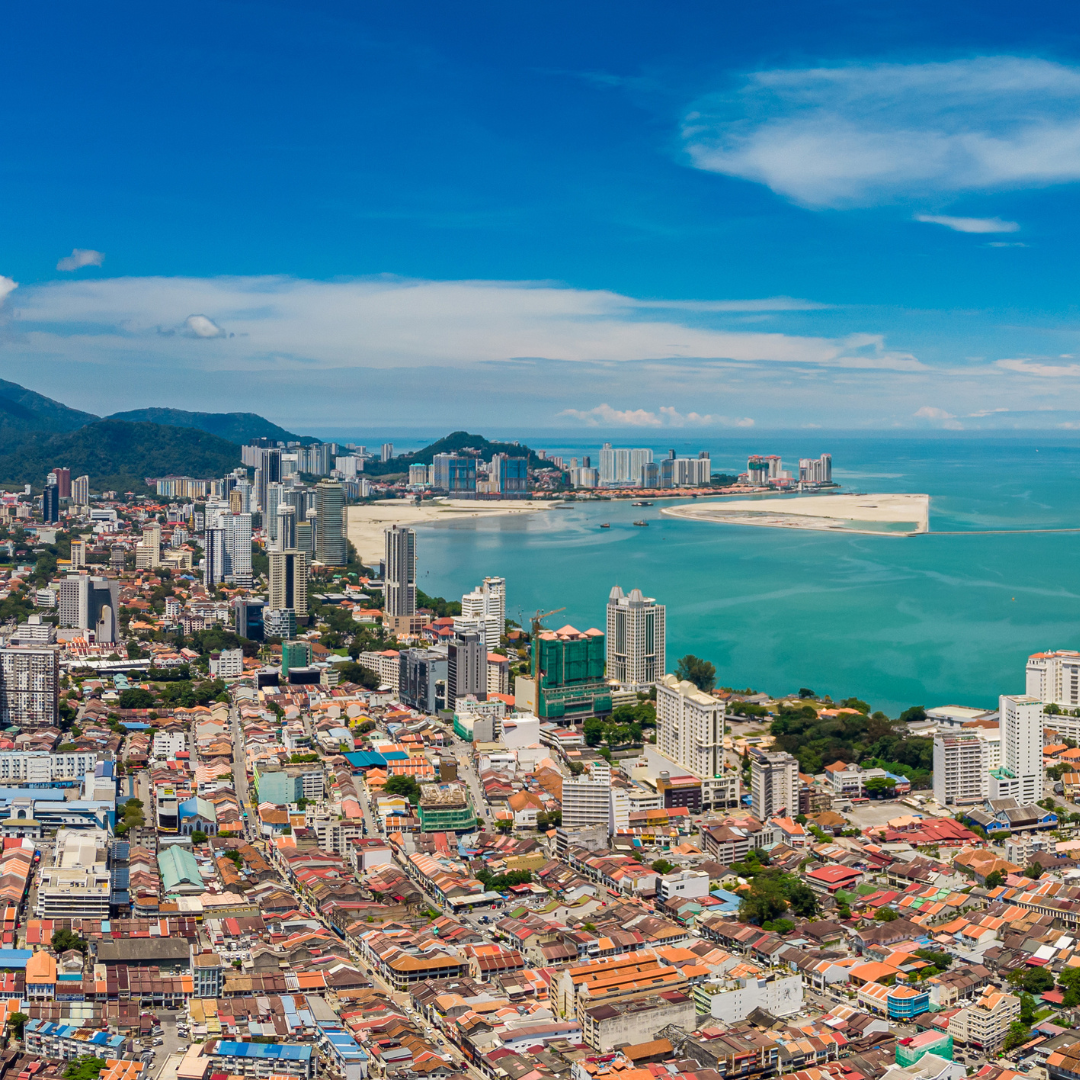The Exotic Culture of Penang: A Unique Blend of Heritage and Maritime Charms

Perched on the northwestern coast of Malaysia, Penang stands as a testament to the confluence of cultures, traditions, and histories, all intertwined with the rhythm of the sea. Over the centuries, this island has witnessed the ebb and flow of empires, traders, and seafarers, each leaving indelible marks on its cultural tapestry. Today, as you wander through its streets, savor its cuisine, and immerse in its festivals, you can’t help but be enchanted by Penang’s unique blend of heritage and maritime charms. Journey with us as we delve deep into this vibrant melting pot, exploring the multifaceted dimensions of Penang’s rich legacy.
Penang’s Rich Historical Tapestry
Penang’s chronicles are a labyrinth of stories stretching back centuries. Initially a part of the Sultanate of Kedah, Penang’s strategic location on the Malacca Strait piqued the interest of the British in the late 18th century. It was Captain Francis Light who formally established George Town for the British East India Company. This colonial establishment drew an influx of Chinese, Indian, and Malay laborers and traders. Streets were named, communities were formed, and Penang became a cauldron where multiple ethnicities simmered together. The remnants of this diverse past are evident in its temples, mosques, and colonial buildings, each narrating a chapter of its rich history.
The Maritime Influence on Penang’s Cuisine
The waves of the Malacca Strait have brought not only traders and settlers but also an array of flavors to Penang’s shores. Seafood is a staple, fresh from the surrounding waters, complemented by the spices traded on ancient maritime routes. Nyonya cuisine, a blend of Chinese ingredients and Malay flavors, stands as a testament to Penang’s multicultural lineage. Dishes like Assam Laksa and Hokkien Mee echo the island’s seafaring history, with ingredients that journeyed from afar, married together by Penang’s masterful chefs.
Streets Alive with Heritage: Georgetown Explorations
A wander through George Town is akin to traveling through time. The town retains its colonial charm, with British-era bungalows and Chinese shop-houses lining its streets. UNESCO recognized George Town’s unique architectural and cultural townscape, ensuring the preservation of structures like the Khoo Kongsi clan house or the Kapitan Keling Mosque. Street art adorns many walls, modern tributes to the island’s history and culture. Amidst the antique, you’ll find the contemporary, with chic cafes and art spaces, a testament to George Town’s ever-evolving spirit.
The Importance of Penang Port
For centuries, Penang Port has been the lifeline of the island. Nestled on the Malacca Strait, one of the world’s busiest maritime routes, the port became the bedrock of Penang’s economic prosperity. Swettenham Pier, part of Penang Port, is still a magnet for cruise ships, offering travelers a gateway to explore the island. Beyond its economic significance, the port stands as a symbol of Penang’s maritime heritage, embodying the island’s deep connection with the sea.
Festivals and Celebrations by the Sea
Penang’s calendar is dotted with celebrations that reflect its diverse cultural mosaic. The Chinese New Year and Lantern Festival see the island illuminated in a myriad of colors. The Thaipusam festival, dedicated to the Hindu deity Lord Murugan, showcases a spectacle of devotion, with pilgrims carrying ornate kavadis. Eid, marking the end of Ramadan, brings with it a spirit of unity and sumptuous feasts. Many of these festivals have unique Penang twists, often influenced by its maritime connections and the communities that have made the island their home.
Architectural Wonders with Nautical Touches
From the stilted Clan Jetties of Weld Quay to the grandeur of British colonial edifices, Penang’s architecture mirrors its diverse history. Structures like the Cheong Fatt Tze Mansion showcase Chinese design elements infused with European influences. Many buildings also incorporate features suited for the tropical climate, with large windows and verandas. Throughout the island, colonial-era lighthouses and dockyards punctuate the coastline, narrating tales of the island’s rich maritime history.
Stories from the Old Seafarers
Penang’s tapestry is incomplete without the tales of its seafarers. These aren’t just stories of grand voyages, but intimate accounts of life on the island. Old sailors in Penang’s fishing villages, like Teluk Bahang, relay tales of mysterious islands, ferocious sea creatures, and powerful storms. They also speak of a time when the sea wasn’t just a source of livelihood but was central to the island’s cultural and social life. These tales, passed down through generations, are an oral heritage as vital as any monument or relic.
To truly understand Penang is to immerse oneself in its maritime heritage, to acknowledge the waves of influences that have shaped its shores, and to appreciate the seamless blend of cultures that defines its ethos. As the sun sets over its waters, casting a golden hue on its historic buildings and lighting up the faces of its diverse inhabitants, one thing becomes abundantly clear: Penang’s heart beats in rhythm with the sea. Its stories, flavors, traditions, and architecture are all a tribute to the waters that have, for centuries, cradled it. In the interplay of land and sea, history and culture, Penang emerges as a destination not just to visit, but to experience and cherish.


